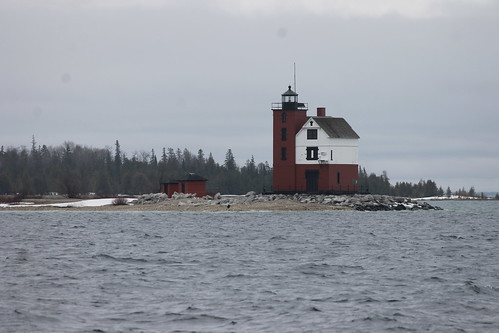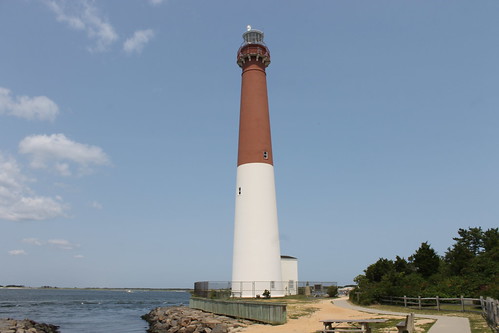John Steele, Adventurer is a program that aired on the Mutual Network from 1949 through 1956. The end date came from Swartz and Reinehr's Handbook of Old-Time Radio. The Mutual Network had a series called John Steele in 1939 - I will want to figure out if they are connected. While I have not found a great number of write-ups for this series, I found a tremendous review from Billboard (November 4, 1950, p13):
Mutual seems to have a real sleeper in this show, which has been on and off the web a couple of times. At least the edition caught has some good touches, both in scripting and production, and would seem to make the program worth another look on the part of a sponsor casting about for a comparatively inexpensive dramatic opus.
The adventurous John Steele, who give his name to the airer's title, actually serves no function other than to tie unrelated scripts together into one series. Each week's program is supposedly culled from characters who Steel has run across in the course of his life.
The review goes on to discuss a episode that explores the tragic lives of those struggling with alcohol. The review, using the terms of the day, referred to "drunks, bums and panhandlers." If using the lighthouse episode that I write about today as an example, they address many issues that others would not have touched.
Round Island Lighthouse (Mackinac Island, Michigan) - May 2, 2014
Airing for the first time on Halloween (October 31), 1949, Lighthouse Twelve tells the story of Peter Rawlings and his wife, Jan. Peter was a former Navy man who came from a family with a long tradition of being on the sea. So being in the Navy made good sense for Peter when war broke out. After being injured during the war, Peter spent 6 months in the hospital. Jan married Peter on his release of the hospital and they went off to his new assignment, as the keeper of Lighthouse Twelve. So similar to the earlier profiled episode The Sinister Lighthouse, early in the story, a bride groom carries his bride into a lighthouse. The only person they met while out on the lighthouse was John Steele, who ran the supply boat for the Coast Guard, that delivered the LH12 (as they called it). As mentioned above, John Steele is an ancillary character in the story.
And while Peter loved Jan and there was a cloud that hung over Peter. He mentioned the trauma of being on the water and the uneasy feelings he felt there. He tried to hide it from Jan, but one day by the shore caused it all the snap. She dragged him into the water and he desperately tried to get out. Jan was trying to keep him in the water, and he slapped her. Finally, he told her about the problems he was facing. When in the Navy, Peter served on a submarine that was attacked by a torpedo. He was caught underneath as the sea came rushing into the sub. That gave him his new fear of the water. He was convinced that he needed to get "back on the horse" and that is why he accepted a position in the Lighthouse service. And while he felt good that he told her about his feelings, the first months of marriage were very rocky for the young couple. When a storm swept towards the lighthouse on their three month anniversary, a distress signal forced him to finally face his demons head on.
The people behind the show include Robert Monroe (producer), Elliot Drake (director), and Lois Landauer (writer). Don Douglas stared as John Steele. John Larkin, a very accomplished radio actor, stared as Peter. And playing Jan was the OSCAR winning actress Eva Marie Saint. She was a young, but accomplished actress working on TV before her 1954 breakthrough role as Edie Doyle in On The Waterfront, a performance that would earn her an Academy Award. In 1959, she would also play Eve Kendall in Hitchcock's North by Northwest, my favorite movie of all time. According to Jerry Haendiges Vintage Radio Logs, she would do a few more episodes for this series.
This story does a great job of showcasing PTSD and the issues that comes home when the solders return from war. It also does a great job of placing the lighthouse and the life of a keeper front and center in a great radio drama.
Lighthouse Number 12 (October 31, 1949)
Please enjoy these great episodes. This is a real treat and a great way to continue my Lighthouse Old Time Radio series. I will have another entry in about a week!
Here are some links to programs relating to Old Time Radio and John Steele, Adventurer:
- John Steele, Adventurer episodes via the Internet Archive | Page 2 | Page 3 | Page 4
- John Steele, Adventurer on Jerry Haendiges Vintage Radio Logs
- John Steele, Adventurer entry from RadioGOLDINdex
- Greg Bell's Old time radio channel (#82)
- All Corey's Old Time Radio blog posts
- Corey's Lighthouse pictures on flickr
Lighthouses on Old Time Radio:
- All Lighthouse Entries
- Seascape from The Whistler (1945)
- The Sinister Lighthouse from This is Your FBI (1946)
- The Woman on Lime Rock from The Cavalcade of America (1947)
- Boston Blackie's Lighthouse Ghost (1947)
- Captain January on Lux Radio Theater (1941 & 1946)
- Lighthouse Twelve from John Steele, Adventurer (1949)




